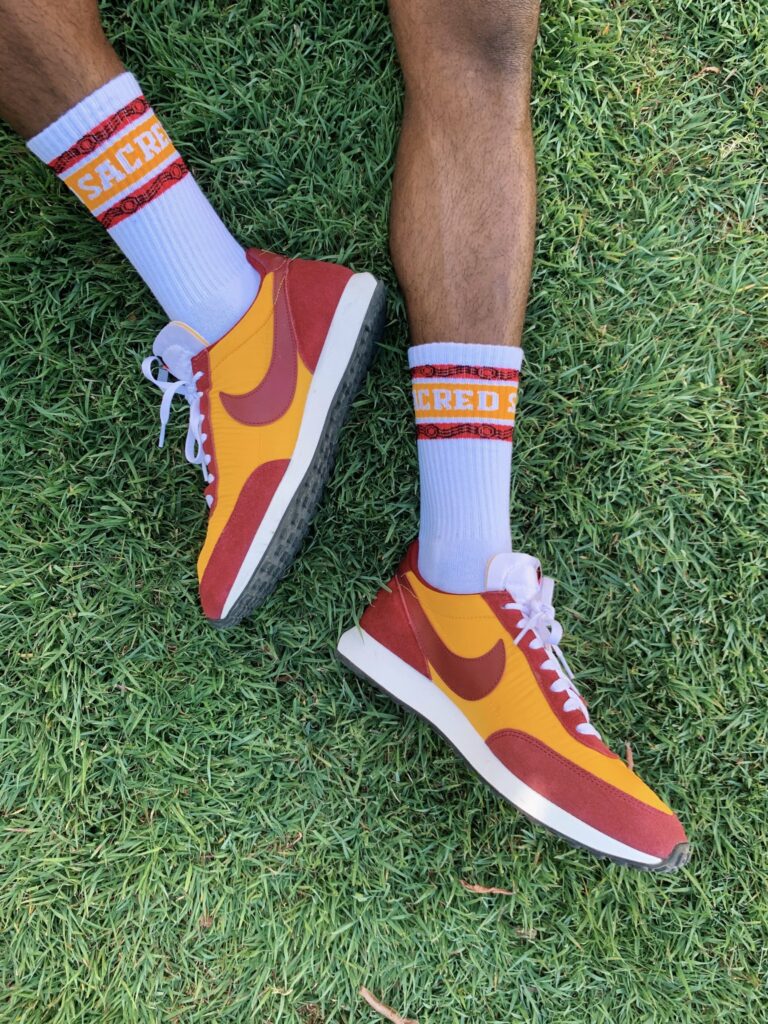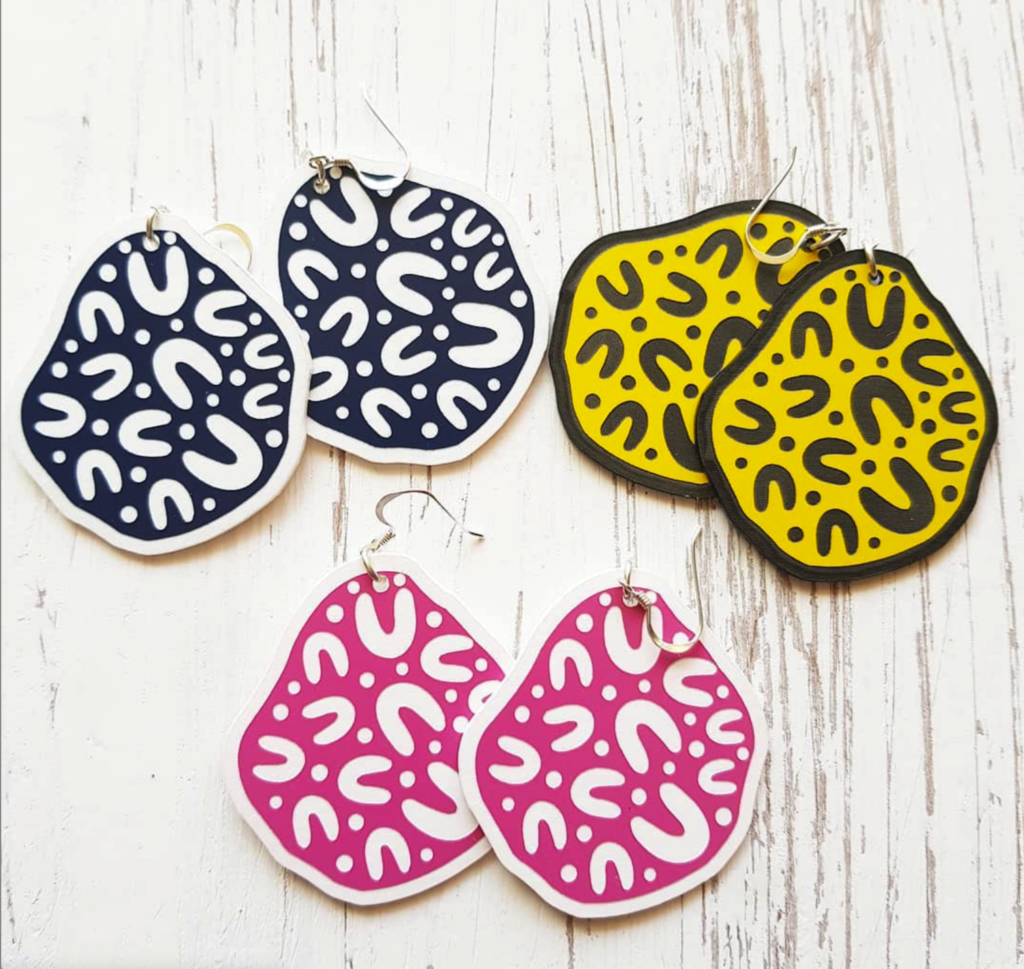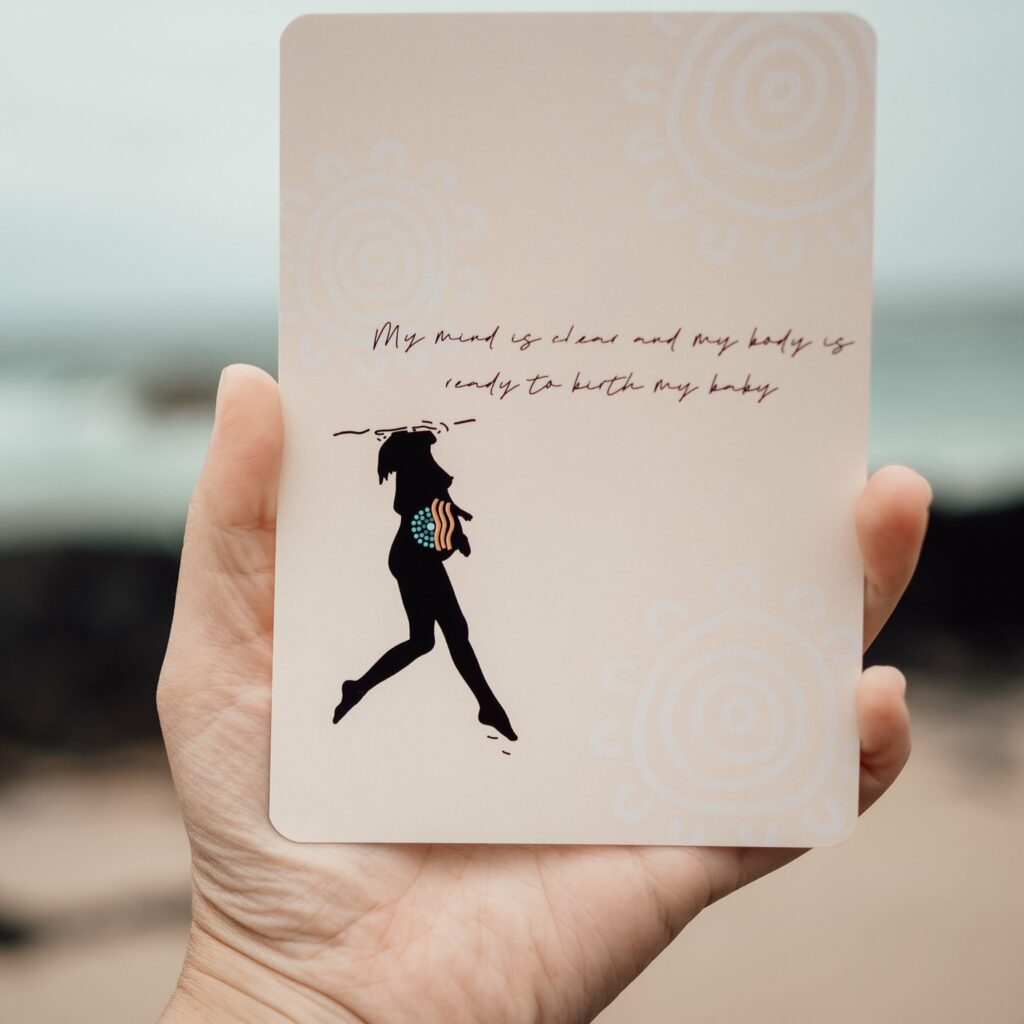Adding earrings or t-shirt to your cart at Trading Blak is about more than just snapping up an original item for a good deal.
For the 11 Aboriginal and Torres Strait Islander business owners that make up the platform, what you choose to buy and who you make purchases from has power.
Power to put decision-making and control over culture in the hands of First Nations creators, as well as building leadership and sustainable wealth for communities.
Trading Blak formed to create a safe and transparent space to educate, inform and support not only Indigenous-owned and run businesses but also those who wish to support Blak businesses whether that be economically or through engagement.
“Without transparency, businesses trading in culture cannot be held accountable,” says Trading Blak Partner, Kiya Watt, a Menang, Gnudju, and Noongar artist and entrepreneur.
“This is a vital movement needed to stamp out cultural exploitation.”
The goal is to see Blak businesses at the forefront of and in control of First Nations cultures – and that consumers are likewise savvy, empowered and informed enough to know the importance of buying Blak.
Part of this education is encouraging people to find out if they’re buying from a business that is Indigenous-owned, non-Indigenous with Blak inclusion, or neither.
“I believe Trading Blak is a huge step forward to real reconciliation,” says Kiya.
“We are leaders, we don’t need to be led.”
Trading Blak operates an online store so you can shop with confidence, knowing all brands are Aboriginal-owned, and drives the campaign Wear It Black Wednesdays.
Every Wednesday, wear or share something you have purchased from a Blak business.
Visit the shop at tradingblak.shop and explore #wearitblakwednesday on social media.
#wearitblakwednesday is a practical action to make sure cultural protection = economic development and cultural empowerment.
Actions
Purchase Aboriginal or Torres Strait Islander art or products only from Indigenous-owned businesses.
Call out exploitation of Aboriginal and Torres Strait Islander art, culture, people and businesses
Every Wednesday #wearitblakwednesday, wearing or sharing something you have purchased from a Blak business.
Find more stories in the October 2021 edition of Reconciliation News.

Image of Sacred Land socks. Photo: Trading Blak.

Image of Gillawarra Arts ‘Biggest Mob Earrings’. Photo: Trading Blak.

Image of Blak Birthing Affirmations. Photo: Trading Blak.



